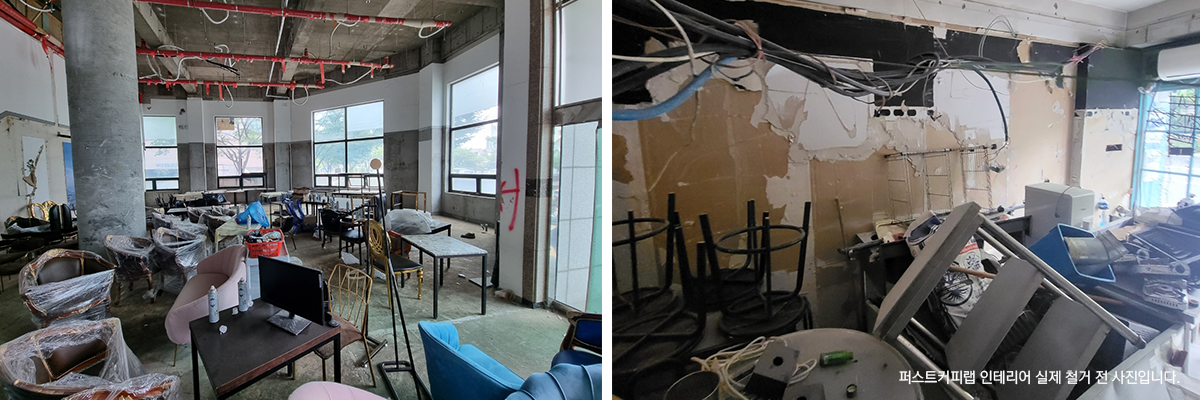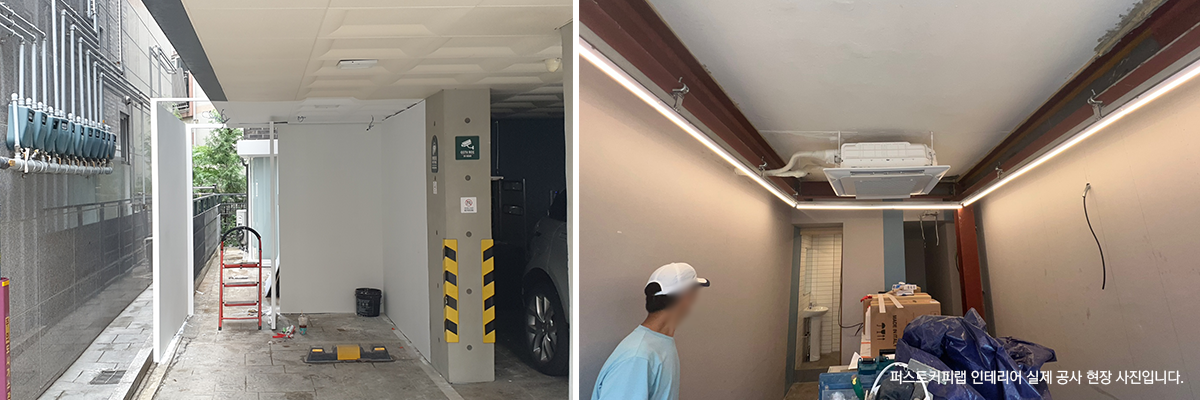PART 10 : Ways to Save on Interior Costs
Three Methods to Cut Costs
If you’ve set a rough budget, in this section we’ll show you more ways to save.
The more you save, the more time and effort you’ll need. First, study interior terms, materials, and installation methods.
The easy route is to leave everything to an interior company.
If you want to cut costs, try putting these tips into practice.
1Preparation

 Compare and analyze multiple estimates.
Compare and analyze multiple estimates.
Contact at least three companies to get quotes and compare their differences and finished results.
By having detailed consultations within your set budget, you can avoid the pain of extra charges.
 Find true experts among false ads.
Find true experts among false ads.
With more people researching firms online, many false ads appear, increasing the risk of scams.
However, the advantage is that you can easily gather information from various companies. Pick a few that catch your eye and monitor them over time.
Check whether they update regularly and upload recent portfolios, and avoid those that don’t.
Portfolios are the best way to see accurate examples of completed interiors.
2Contract

 Make decisions with plenty of time.
Make decisions with plenty of time.
Even after signing, there are many decisions to make: schedule, scope, price negotiations, etc.
Since costs vary with schedule length, careful checks are necessary, but shortening the schedule isn’t always better.
For example, if you shorten cement curing or wallpaper drying times, you’ll incur higher repair costs.
Based on what the company tells you, research online for typical timelines and costs.
Once you know the usual duration and price, negotiate with the contractor.
 Check the demolition scope.
Check the demolition scope.
Renovation begins with demolition, which carries labor costs. Consider which parts can remain and ways to overlay new finishes without full removal.
Avoiding demolition altogether may save money now but lead to high costs later.
Compare the benefits of demolishing versus retaining parts. Proper planning alone can prevent substantial losses.
3Construction

 Visit the site during construction.
Visit the site during construction.
Even perfect preparation and contracts can’t prevent oversights, because changes may occur on-site.
You might think, “Why visit if I don’t know much about renovation?”
But it’s best to bring your requests to the site to check they’re implemented, ensure materials you chose are used, and verify nothing has been overlooked.
 DIY Renovation.
DIY Renovation.
We recommend DIY renovation for those with some experience.
Perfect results are hard, but with effort you can save substantial amounts on tile or paint.
Nowadays, DIY stores are well-stocked, making it easy to buy supplies.
However, if you feel your time and effort are too costly, hiring professionals may ultimately save you more.




